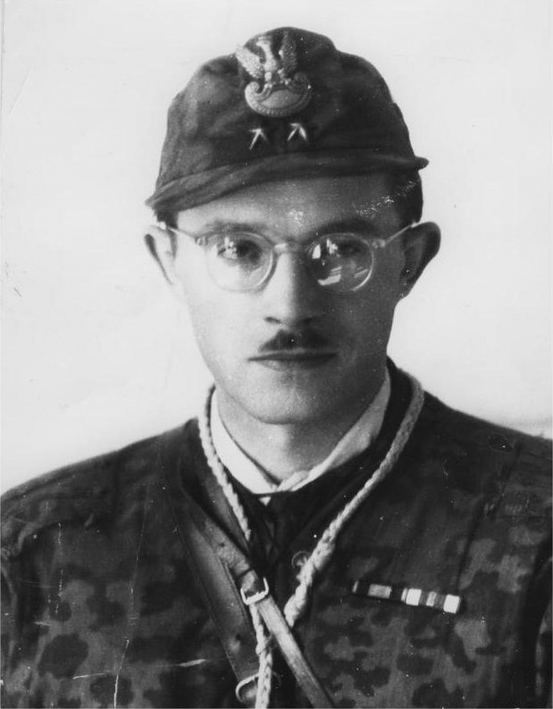Silent Unseen soldier, photographer, employee of a cell legalizing conspiratorial documents, participant of the Warsaw Uprising, Stefan Baluk professionally documented the war effort of the capital and commemorated the insurgents.
Stefan Baluk was born on January 15, 1914, in Warsaw. In 1933 he was admitted to the Cavalry Reserve Cadet School in Grudziądz, but his participation in training ended prematurely for health reasons. Despite this, he continued his education first at the School of Political Science in Warsaw, and then at the University of Warsaw studying law. Germany’s attack on Poland in 1939 reawakened Baluk’s desire for military service. He enlisted in the 9th Armored Battalion in Lublin, but the unit did not take part in the fighting. After being taken prisoner by the Russians and many adventures including escapes from captivity, Baluk made his way through southern Europe and Beirut to the West. In France, he joined the Polish Army, serving in General Maczek’s 10th Armored Cavalry Brigade.
He began his career as a Silent Unseen in 1942. He participated from May to November in intelligence training that included document legalization, then received the rank of second lieutenant. On the night of April 9-10, 1944, he was dropped into occupied Poland. He managed to get through to Warsaw, starting work in the Legalization and Technology Department of the Second Division of the Home Army Headquarters. There, he focused on microphotography, while capturing images of occupied Warsaw and photographing German positions. Soon the Warsaw Uprising broke out, in which he fought in the “Radoslaw” grouping. During the Uprising he took part in several bold actions, for which he was awarded the Order of Virtuti Militari and the Cross of Valor twice.
After the fall of the Uprising, the photographer escaped from a prisoner of war camp, soon becoming involved in underground activities. For this he ended up in a communist prison. Later, Baluk worked as a photographer and photojournalist, commemorating the time of the Uprising. He was also active in veterans’ organizations, including initiating the construction of several monuments.
He died on January 30, 2014, with the rank of brigadier general at the age of over 100.





